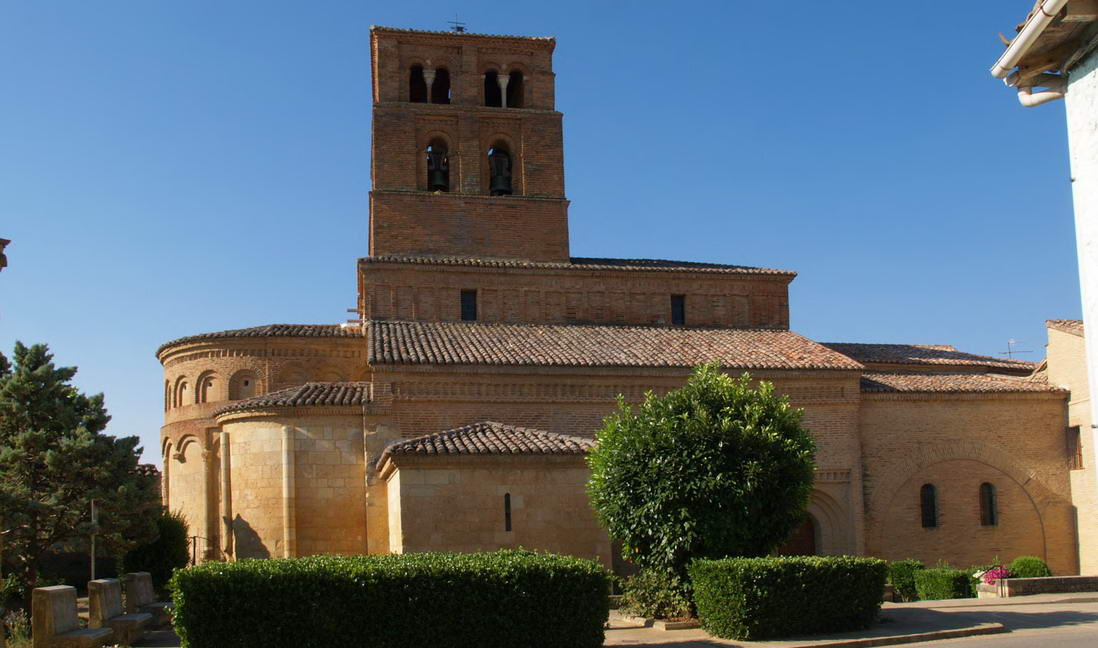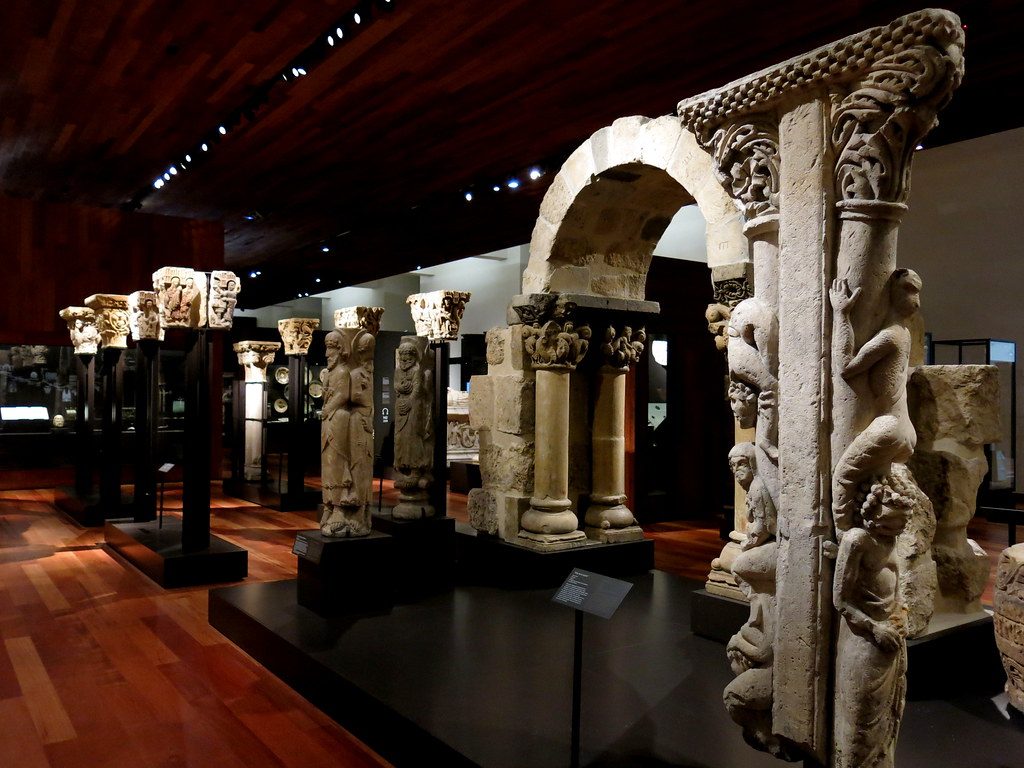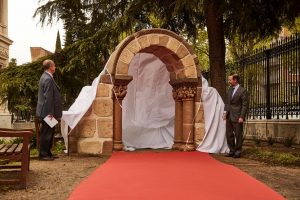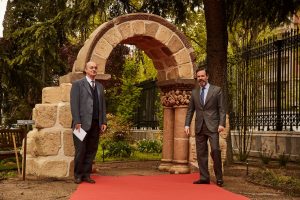Spain’s National Archaeological Museum and Acciona Presented The First Romanesque Arch Printed in 3D
Collections of objects are normally exhibited behind enclosed glass displays to prevent people from touching them. Considering these objects are fragile and have a great historical value, museums have to undertake the necessary requirements to protect them. With 3D printing, this is changing. Replicas are being 3D printed, allowing visitors to touch them.
Replicas might spark discussions about the originality of the art pieces, since their reproductions may be considered as “fake”, or even about the right to capture and to distribute online models that anyone can later print them. However, 3D printed replicas let visitors enjoy and appreciate artworks better, and learn more about cultural heritage. For example, in 2017, Tutankhamun’s tomb in the Valley of the Kings in Egypt, was recreated by Factum Arte which allowed visitors to experience the inside of the tomb, without harming the original burial site.
This month, Spain’s National Archaeological Museum and Acciona (a global renewable energy, infrastructure, water, and services company) marked a milestone by 3D printing the Romanesque Arch of San Pedro de las Dueñas. The arch is already a part of the museum’s collection, but the 3D printed replica is now located in the museum’s garden. The arch was created to contribute to technological advances in conservation techniques, and also for the preservation of Spain’s historical heritage.
The Arch of San Pedro de las Dueñas is a lasting example of Romanesque architecture. The arch was formerly part of the San Pedro de las Dueñas Monastery, which was built in the late 10th century and the beginning of the 11th century. It stands in the Castile and León region of Northwestern Spain.
At the presentation ceremony, the director of the National Archaeological Museum, Andrés Carretero, stated that the development “puts the Museum to the forefront worldwide in the application of new technologies to the disseminating and preservation of cultural heritage.”
Acciona’s executive vice chairman, Juan Ignacio Entrecanales, expressed the importance of this joint project between Acciona and the National Archaeological Museum, which has demonstrated the “immense potential that new technologies, such as 3D printing, have for the preservation, dissemination, restoration, and accessibility of cultural heritage”.
The arch stands in the garden at 2.2m tall by 3.3m wide. It was reproduced using the D-Shape technology, which is a 3D printing technique that uses concrete binder jetting. According to Acciona, the material’s durability makes it possible to achieve the architectural reproduction they were looking for, which is suitable for outdoor locations thanks to its resistance to weather conditions.
 The 3D Printed Arch via Revista de Arte
The 3D Printed Arch via Revista de Arte
“The possibility of obtaining exact replicas means that the public can approach the reproduction while the original is preserved. This technology also makes it possible to reproduce pieces in their original locations while the original is preserved in appropriate facilities,” says Acciona.
Acciona has also digitalized 30 medieval items of Spain’s National Archaeological Museum to allow visitors to manipulate them through an interactive screen. Ranging from the 4th to the 15th century, some of these digitalized items include: the Crucifix of Ferdinand and Sancha (León), the Aquiliform fibula Alovera (Guadalajara), and the brass Astrolabe of Ibrāhim ibn Sa’īd al-Shalī (León). Acciona believes that the digital models will assist perfectly in future restorations, for technology makes it possible to replicate artwork through 3D printers.
Sources: [Acciona, Spotting History]
Subscribe to Our Email Newsletter
Stay up-to-date on all the latest news from the 3D printing industry and receive information and offers from third party vendors.
You May Also Like
Air Force Awards Fortius Metals $1.25M to Qualify 3D Printing Wire for Hypersonic Applications
AFWERX, part of the US Air Force Research Laboratory (AFRL), awarded a Direct-to-Phase II Small Business Innovation Research (SBIR) contract worth $1.25 million to Colorado’s Fortius Metals, to accelerate qualification...
US Air Force Awards JuggerBot $4M for Large-format Hybrid 3D Printing
Large-format 3D printer manufacturer JuggerBot has received a $4 million grant to develop a large format 3D printer, courtesy of the Under Secretary of Defense, Research and Engineering Manufacturing Technology...
Where Have All AM’s Unicorns Gone?
In the rapidly evolving world of 3D printing, startups valued at over a billion dollars, known as unicorns, once seemed as fantastical as the mythical creatures themselves. While a few...
How My Childhood Fascination with Planes Led to Investing in 3D Printing
My fascination with aerospace started young, and I started studying planes–identifying them in the sky and learning everything I could about how they work. Fast forward to my first week...


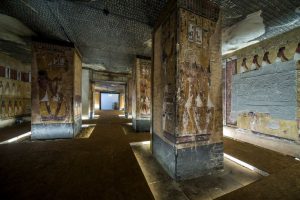
 Image via Acciona
Image via Acciona